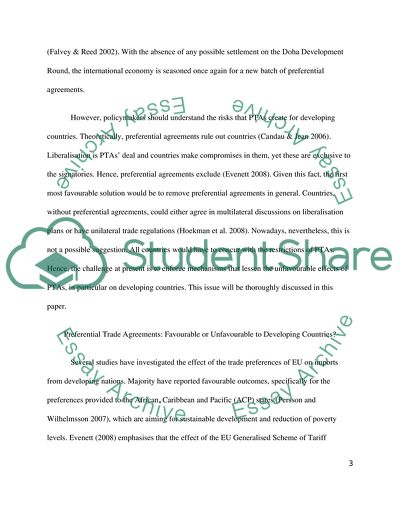Cite this document
(The Alleged Negative Effect of EU Preferential Trade Agreements on Research Paper - 1, n.d.)
The Alleged Negative Effect of EU Preferential Trade Agreements on Research Paper - 1. Retrieved from https://studentshare.org/politics/1752705-do-eu-trade-policies-help-or-hurt-developing-countries
The Alleged Negative Effect of EU Preferential Trade Agreements on Research Paper - 1. Retrieved from https://studentshare.org/politics/1752705-do-eu-trade-policies-help-or-hurt-developing-countries
(The Alleged Negative Effect of EU Preferential Trade Agreements on Research Paper - 1)
The Alleged Negative Effect of EU Preferential Trade Agreements on Research Paper - 1. https://studentshare.org/politics/1752705-do-eu-trade-policies-help-or-hurt-developing-countries.
The Alleged Negative Effect of EU Preferential Trade Agreements on Research Paper - 1. https://studentshare.org/politics/1752705-do-eu-trade-policies-help-or-hurt-developing-countries.
“The Alleged Negative Effect of EU Preferential Trade Agreements on Research Paper - 1”, n.d. https://studentshare.org/politics/1752705-do-eu-trade-policies-help-or-hurt-developing-countries.


